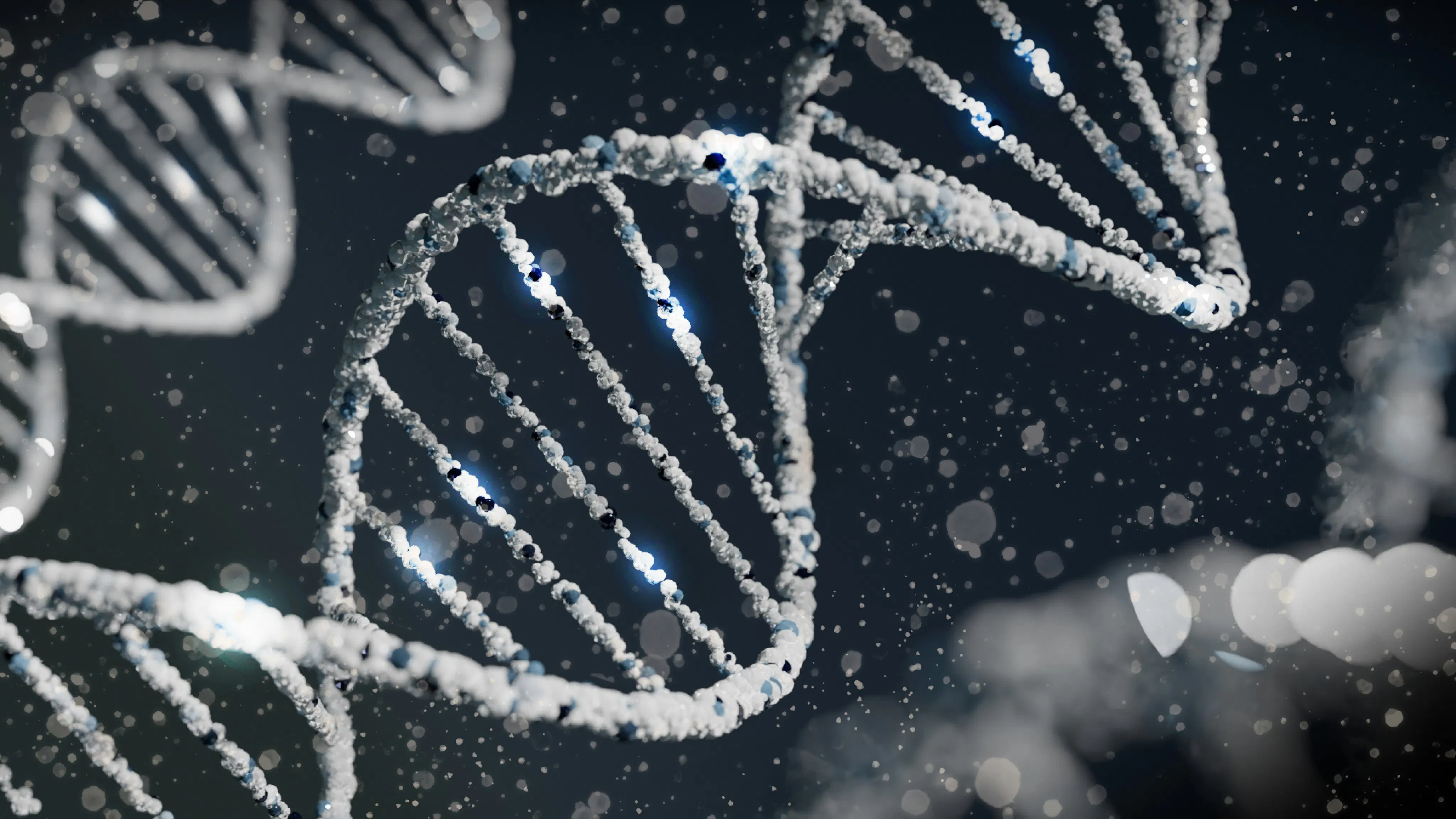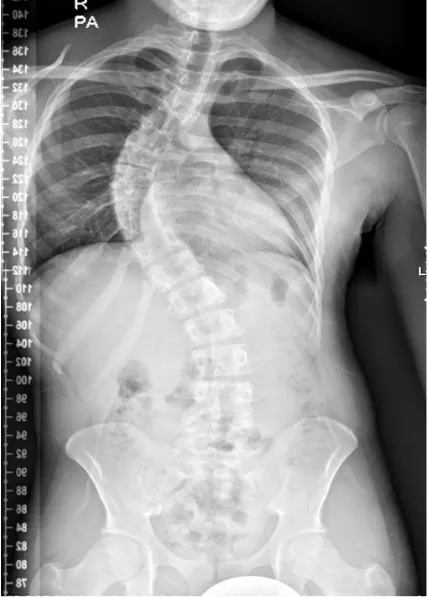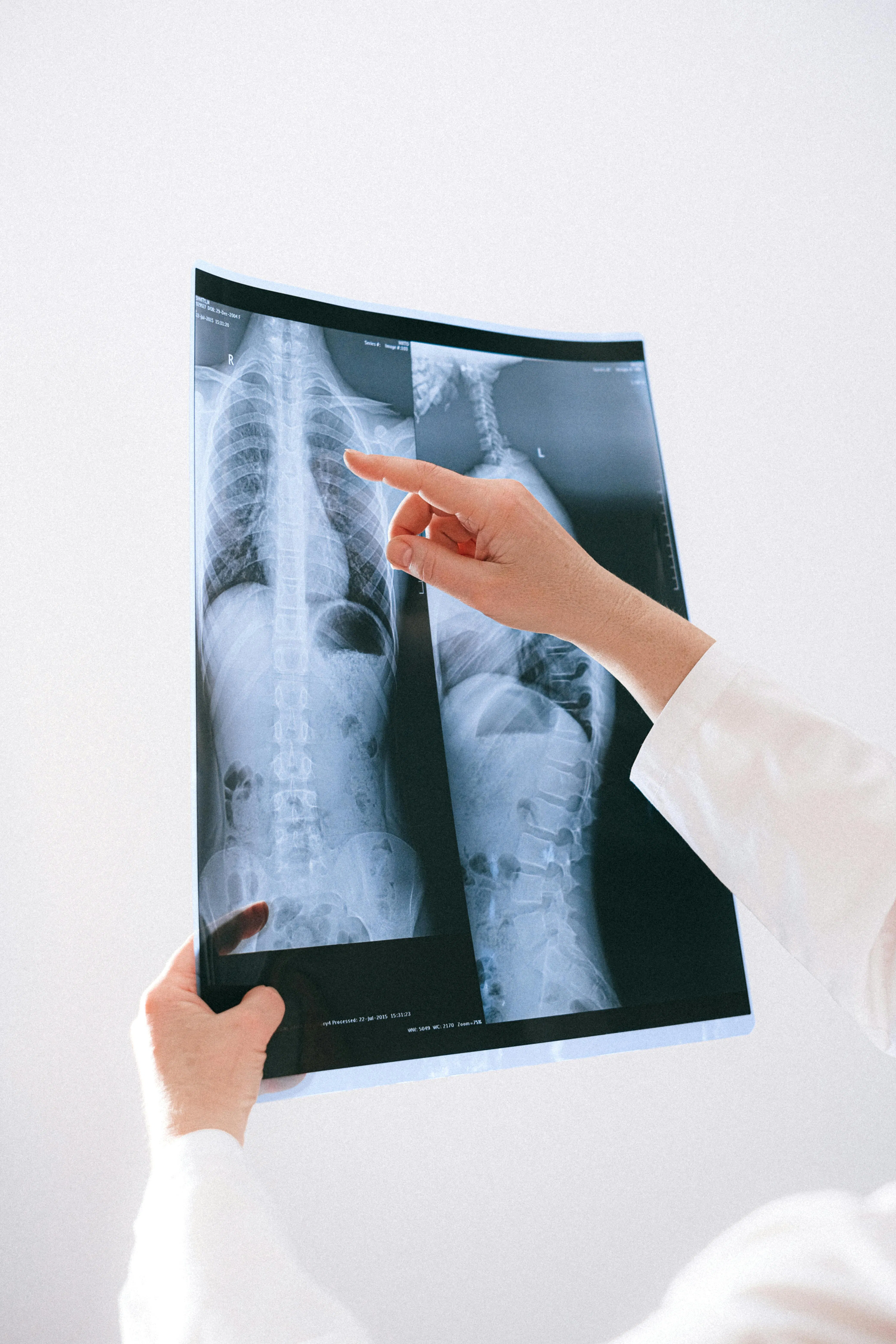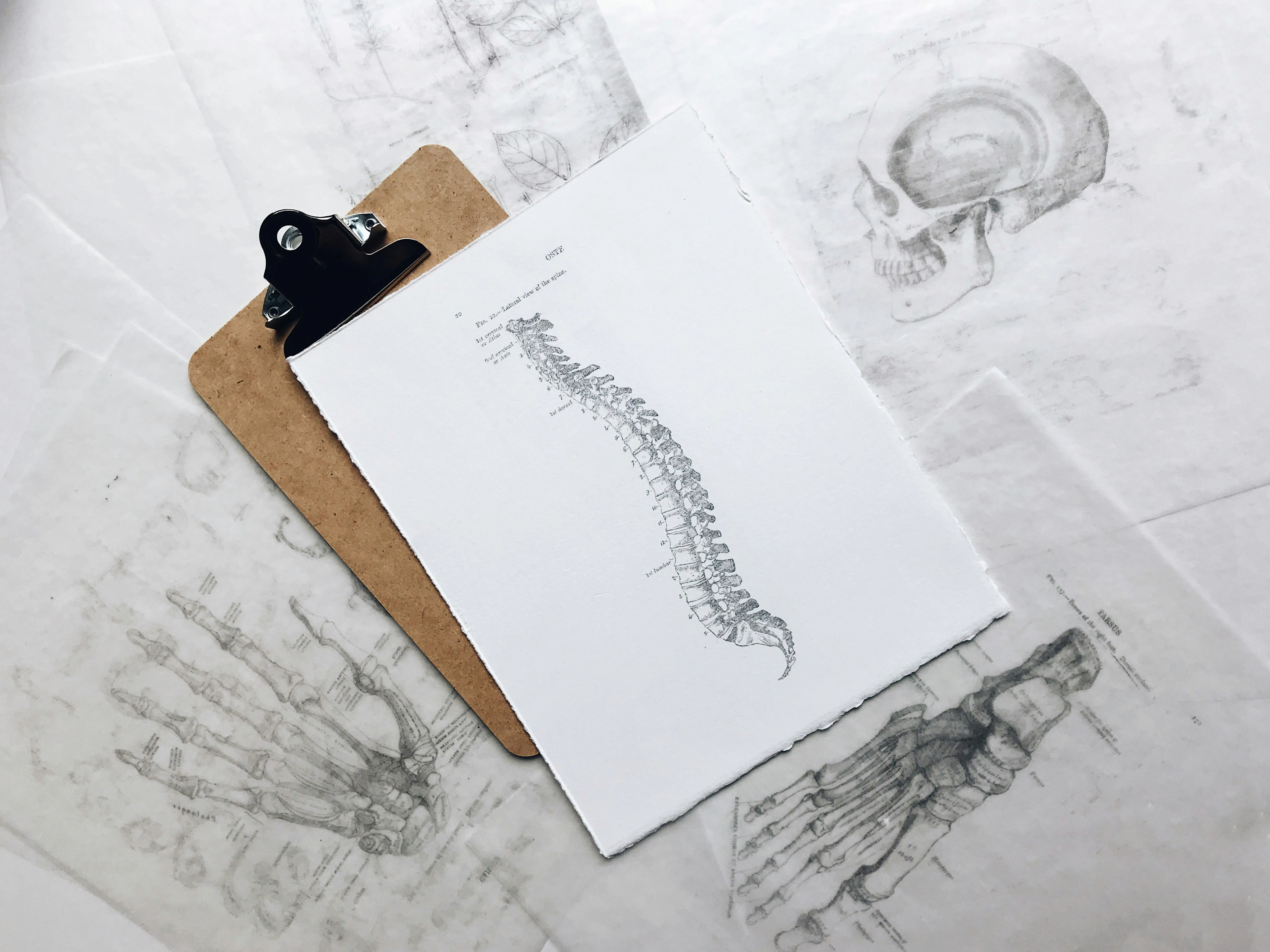
Reading Time
5
Published
Apr 4, 2024
Is Scoliosis Genetic? Understanding the Sources of Scoliosis
Scoliosis is a complex deformity and is often considered to be caused by multiple factors. To understand possible causes of scoliosis, we must first understand what scoliosis is.
Written By
Momentum Health
What is scoliosis?
Scoliosis is a medical condition characterized by an irregular sideways curvature of the spine when looking at the patient from the front or back. Instead of the spine forming a straight line from top to bottom, it exhibits a curvature resembling the letters 'S' or 'C.' Different patterns of scoliosis exist and they are unique to each person, which is why continuous monitored and personalized treatment plans are important.

Altaf F, Gibson A, Dannawi Z, Noordeen H. Adolescent idiopathic scoliosis BMJ 2013; 346 :f2508 doi:10.1136/bmj.f2508
What causes scoliosis?
Many types of scoliosis exist, each with their own particularities. Researchers have identified causes and biomechanical processes for several, although further work is still required to truly understand why and how scoliosis occurs.
Congenital Scoliosis
Congenital scoliosis presents itself at birth. Children are born with an abnormal curvature in the spine. This type of scoliosis is caused by improper development of the vertebrae in the womb. It is the rarest form occurring in 1 of 10,000 births. Depending on the severity of the curve, babies with congenital scoliosis will either be observed to determine whether the curve worsens, or in extreme cases, undergo surgery.
Neuromuscular Scoliosis
Neuromuscular scoliosis, the second most common type of scoliosis, is due to an underlying neurological or muscular disease. Examples of such are spina bifida, cerebral palsy, muscular dystrophy, or spinal cord injury. Children diagnosed with such conditions often experience concomitant orthopedic problems to their scoliosis and require treatment by experienced specialists. In most cases, surgery will be needed to correct their scoliosis.
Degenerative Scoliosis
This type of scoliosis occurs through wear and tear in older populations. As people age, the integrity of the spine decreases, more specifically the joints and the discs of the spine. As well, bone density tends to decrease with age. It often occurs in the lower portion of the back and is addressed through physical therapy to strengthen the muscles in the back and pain management.
In extreme cases, especially where the spinal cord is affected, surgery will be needed to correct this type of scoliosis.
Syndromic Scoliosis
Syndromic scoliosis implies an association with a diagnosed syndrome, such as Marfan, Down and Ehler Danlos syndromes. Scoliosis tends to be only one aspect of the clinical presentation.
Leg Length Discrepancy
Leg length discrepancies are characterized by the presence of one leg shorter than the other. Due to this difference, the hips are not balanced. Patients compensate by leaning their spine the other direction to stand straighter. Treatments resemble those for idiopathic cases. Leg length discrepancies may or may not require treatment, depending on the severity and age of the patient.
Idiopathic Scoliosis
Idiopathic scoliosis is the most common type, encompassing about 80% of scoliosis diagnoses. Idiopathic is the medical term for “we do not know the cause.” It is frequently diagnosed during adolescence, especially during a child’s growth spurt. Idiopathic scoliosis is currently managed by X-rays every 6 months to monitor progression. Depending on the severity, a patient can be prescribed a brace, and in severe cases, can be added to the surgical waitlist. The key to proper management is early detection.
Is Scoliosis Hereditary?
The short answer to this commonly-asked question is: yes, but we do not understand how.
Genetic involvement in scoliosis depends on the type of scoliosis at diagnosis. Idiopathic scoliosis, which is the most common diagnosis, is believed to be hereditary. A family history of scoliosis places children at higher risk, especially for women, although the exact transmission is not yet known.
Does this mean all your children will have scoliosis? No. Currently, the inheritance pattern isn’t fully understood and known. If you have scoliosis, your child might not have scoliosis. The best option is to closely monitor your child throughout their adolescence to ensure it is caught early and treated, if necessary.
Environmental Factors
Could scoliosis be caused by environmental factors? So far, researchers haven’t found any specific factors that directly cause scoliosis. Other musculoskeletal issues can in turn cause the development of scoliosis.
There is also some research showing that environmental factors during pregnancy could lead to the development of congenital scoliosis.
Monitoring Scoliosis at Home through Momentum Spine
The key to proper management of scoliosis is early detection and very close monitoring. That is why we have created Momentum Spine.
Our mobile application allows you and a healthcare professional to closely monitor the state of your spine and detect changes rapidly.
Learn more on our website or try the app yourself! Available now on the App store and the Google Play Store!
References:
Grauers, A., Einarsdottir, E., & Gerdhem, P. (2016). Genetics and pathogenesis of idiopathic scoliosis. Scoliosis and spinal disorders, 11, 45. https://doi.org/10.1186/s13013-016-0105-8
Frequently Asked Questions
Other
More articles you may find interesting!


